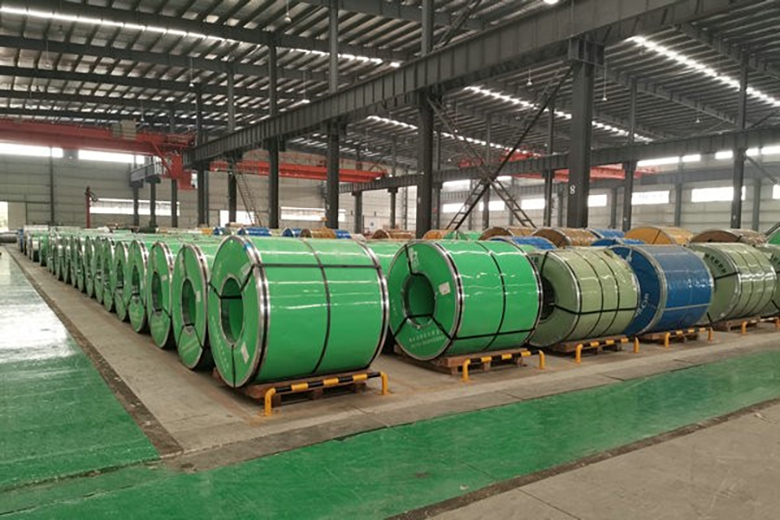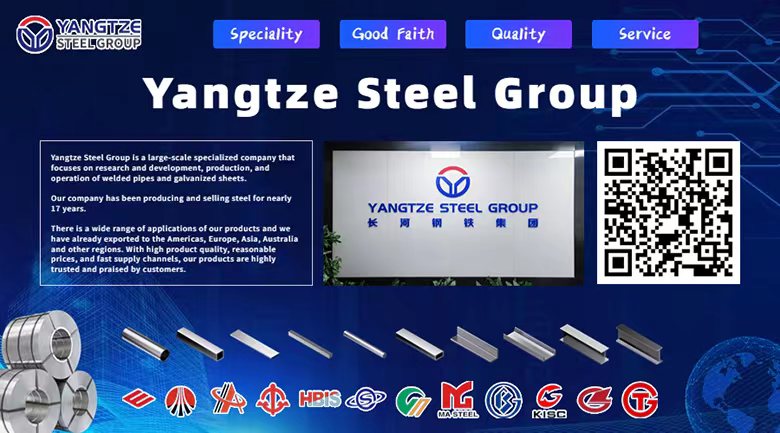What is SUS Material?
SUS material refers to stainless steel, which is the code for stainless steel in the Japanese Industrial Standard (JIS). SUS materials can be divided into several types according to their chemical composition and performance. The common ones are:

1. SUS 304: The most commonly used, with good corrosion resistance and formability, suitable for household goods, building decoration, medical equipment, etc.
2. SUS 316: Contains molybdenum, enhances corrosion resistance, suitable for chemical processing equipment, marine equipment, etc.
3. SUS 430: Ferritic stainless steel, with good corrosion resistance and formability, suitable for decorative purposes and automobile exhaust systems, etc.
Mechanical properties of SUS materials
Property\ Material | SUS304 (Austenitic) | SUS316 (Austenitic) | SUS410 (Martensitic) | SUS420 (Martensitic) | SUS430 (Ferritic) |
Ultimate Tensile Strength (UTS) | 520 – 720 MPa | 515 – 690 MPa | 440 – 650 MPa | 700 – 850 MPa | 450 – 600 MPa |
Yield Strength (0.2% offset) | ≥ 205 MPa | ≥ 205 MPa | ≥ 275 MPa | ≥ 500 MPa | ≥ 275 MPa |
Elongation | ≥ 40% | ≥ 40% | ≥ 20% | ≥ 20% | ≥ 22% |
Hardness (HRB/HRC) | 70 – 90 HRB | 70 – 90 HRB | 20 – 40 HRC | 50 – 56 HRC | 70 – 80 HRB |
Different types of SUS materials are suitable for different application scenarios due to their different compositions and properties.









